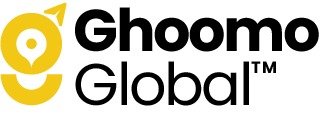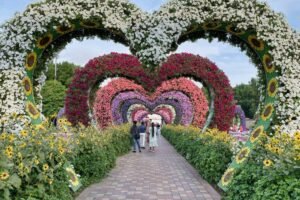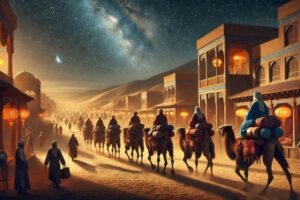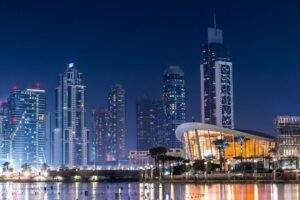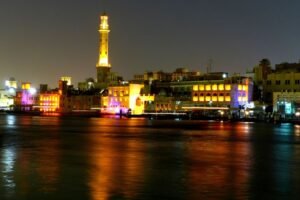The Champagne region of France is synonymous with luxury and celebration, producing the world’s most famous sparkling wine. Nestled in the northeastern part of the country, Champagne is home to picturesque vineyards, historic cellars, and charming villages. A visit to this region offers an unforgettable experience for wine lovers and travelers alike. Here’s a guide to exploring the vineyards of Champagne.
1. The Champagne Wine Route

One of the best ways to explore the region is by following the Route Touristique du Champagne, a scenic route that winds through rolling vineyards and historic towns. Key stops along the way include:
- Épernay – Home to the famous Avenue de Champagne, lined with prestigious Champagne houses like Moët & Chandon, Perrier-Jouët, and Pol Roger.
- Reims – A city rich in history, featuring magnificent Champagne cellars and the iconic Reims Cathedral.
- Aÿ and Hautvillers – Traditional wine-growing villages with family-owned Champagne producers and breathtaking vineyard landscapes.
2. Champagne Houses and Cellar Tours

Visiting Champagne houses is a must for understanding the craftsmanship behind each bottle. Some of the most renowned houses offering guided tours and tastings include:
- Moët & Chandon (Épernay) – One of the largest and most famous producers, known for its extensive underground cellars.
- Veuve Clicquot (Reims) – A prestigious house with a rich history, where visitors can explore the limestone caves where bottles are aged.
- Taittinger (Reims) – Offers a unique experience, with cellars located in ancient Roman chalk quarries.
- Bollinger (Aÿ) – A family-run house that emphasizes traditional methods and exceptional quality.
3. Boutique Grower Champagnes

While the major Champagne houses are well-known, the region is also home to many small, independent growers producing exceptional wines. Visiting a grower Champagne house allows for a more personal experience. Some notable ones include:
- Champagne Billecart-Salmon (Mareuil-sur-Aÿ) – A family-run estate known for its elegant and refined Champagnes.
- Champagne Pierre Gimonnet & Fils (Cuis) – Specializing in Blanc de Blancs made exclusively from Chardonnay grapes.
- Champagne Egly-Ouriet (Ambonnay) – Produces some of the finest grower Champagnes with a strong emphasis on terroir.
4. Best Time to Visit Champagne

The Champagne region can be visited year-round, but certain seasons offer unique experiences:
- Spring (April to June) – Vineyards start to bloom, and the weather is pleasant.
- Summer (July to August) – Warm and lively, with vineyard tours in full swing.
- Harvest Season (September to October) – The most exciting time to visit, as grapes are picked, and Champagne production is in full motion.
- Winter (November to February) – Fewer crowds and a cozy atmosphere, with the added charm of Christmas markets in Reims and Épernay.
5. Food and Champagne Pairing

No visit to Champagne is complete without indulging in local cuisine paired with a glass of bubbly. Some must-try combinations include:
- Brie de Meaux with Brut Champagne – A perfect balance of creamy cheese and crisp bubbles.
- Seafood (Oysters, Scallops) with Blanc de Blancs – Enhances the freshness of the dish.
- Duck or Roast Chicken with Vintage Champagne – Brings out complex flavors in both the food and the wine.
- Strawberries and Rosé Champagne – A delightful, fruity pairing for dessert.
Conclusion
Exploring the vineyards of Champagne offers a journey through centuries-old traditions, stunning landscapes, and world-class wines. Whether visiting renowned Champagne houses, discovering boutique growers, or indulging in food and wine pairings, the region provides an unforgettable experience for all travelers. Plan your trip to Champagne and immerse yourself in the art of sparkling wine making.
